One of the best things – and most fun – about interior design is that there are so many decorating styles to play with. There’s a seemingly endless list of aesthetics that you can bring into your own home. So many, in fact, that there are likely styles that you don’t even know about. So today, I’m gonna get you hip to all the interior design styles that exist. And I’m gonna give you the tools to incorporate these styles into your home.
why is it helpful to know all the interior design styles?
I’m a huge advocate of the idea that your own personal design style is the best style. Regardless of how it interacts with trends and overall aesthetic movements. However, when you’re informed on all the styles that exist, it gives you a really great foundation for building a really great and nuanced personal style.
If you know all the different design styles that are out there, it’ll give you the tools you need to experiment well.
So let’s get into it. In this post, we’ll go over 20 of the most popular interior design styles now. I’ll give you some background on where they came from, what they look like, and how to recreate it yourself. And of course, I’ll be giving you some pretty killer inspiration photos with each style.
Table of Contents: all the interior design styles
Mid-Century Modern
The mid-century modern interior design style popped up in the mid 1940’s to late 1960’s. So right in the middle of the 20th century, hence the name. It grew as a part of the larger modernist movement.
Prior to the popularization of this style, lots of ornamentation was really popular. So MCM was a reaction to that over-complication. Instead, a more simple, streamlined, and sophisticated style because popular. Architects like Frank Lloyd Wright and designers like Le Corbusier and Eames really helped to carve out a specific aesthetic.








what Mid-Century Modern looks like
The overall vibe of this style is low, horizontal and asymmetrical – both in interior design and architecture. There is also a lot of wood accents present. Especially rich, dark wood. However, natural materials liked wood are often paired with metals and manufactured textile.
Patterns also became really popular during this time, with interesting geometric patterns adorning walls and furniture alike.
Color palettes varied greatly, but the most common colors were warm colors like rust orange, browns, mustard yellows, and cream. Then there may be some accents of navy blue and olive green.
shop the mid-century modern essentials
Scandinavian
Scandinavian interior design is a style that has been popular for a long time and will likely continue to be popular for years to come. You’re probably familiar with this style if you’ve ever browsed through Ikea’s selection. That’s because Ikea hails from Sweden, one of the Scandinavian countries. Other countries included in this group are Norway and Denmark. Occassionally, Nordic countries like Finland, Iceland, and Greenland are associated with the Scandinavian style as well.
And this style is all about comfort and a return to nature. It was a reaction to the overly sleek style of modernism. So a natural remedy was to bring in more natural elements and warm, soft features.
You may have heard of the word “hygge.” This is a danish word meaning a cozy, content feeling, and it’s basically the mantra behind Scandi.
what Scandinavian interior design looks like
The vibe of this style is simple and minimal, yet natural and cozy. There’s a huge focus on utility and functionality, but the aesthetic is always considered.
Typical Scandinavian spaces are very light and airy, with light, neutral walls and light ashy wood accents. Lots of plants. Minimal clutter. A neutral or light pastel color palette, and lots of cozy textures like chunky knits and faux fur.
shop the Scandinavian essentials
Traditional interior design
Traditional interior design is rooted in the design styles that were popular in 18th and 19th century Europe. This style is all about classic pieces, comfort, and familiarity. Traditional design will never necessarily push the envelope, but it’s never going out of style.
It’s what you likely think of when you see what I like to call “movie houses.” Especially in films from the late 1900s to early 2000s. And that’s because this trend blew up in suburbia.
This style is the fanciness of old Europe, but repackaged in an accessible and not overly ornamented way. Function and comfort are major priorities in traditional interior design.
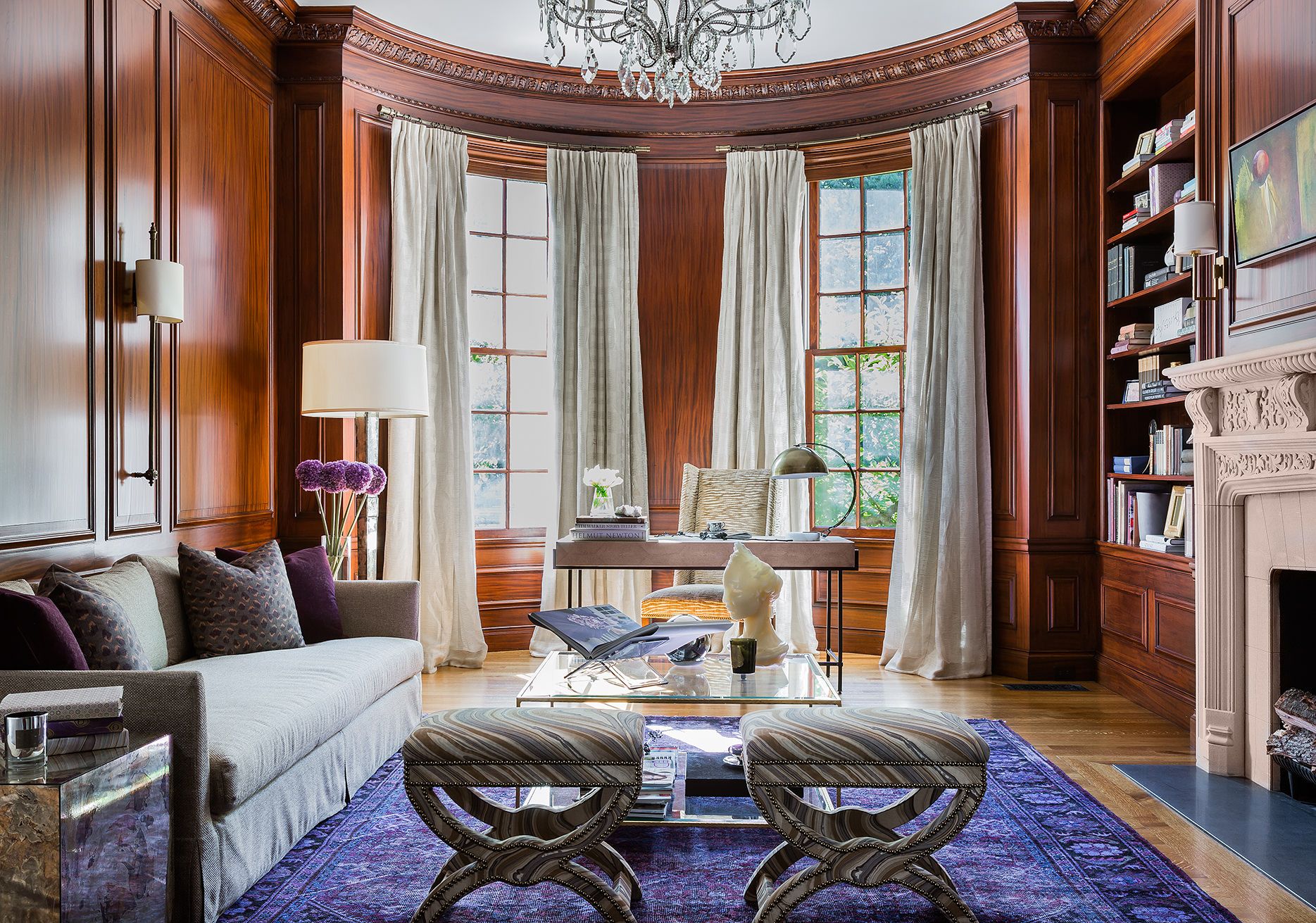

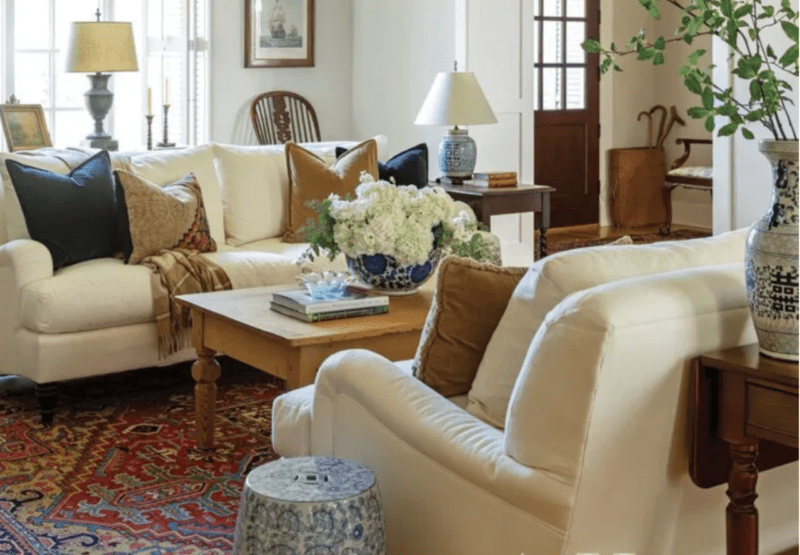

what Traditional interior design looks like
In a traditional home, you will likely see lots of bulky, polished dark wood pieces and dark wood flooring. And you can expect lots of traditional architectural details like wainscoting and crown molding.
The color palette is typically neutral, but when colors are used, they are simply small accents. Patterns like stripes and damask were very popular. As were textiles like linen, cotton, wool, velvet, and silk.
Furniture design tends to be bigger than average, with soft edges. Furniture details like scrolled arms, upholstery with buttons, and ornate finishings are very common. The chesterfield sofa is a great example of a traditional furniture piece.
To add to the comfort and familiarity that traditional interior design wants to accomplish, symmetry is very common.
shop the traditional interior design essentials
Minimalism
Minimalism, as the name implies, is all about cutting out unnecessary details and maintaining only the essentials. It is about under-ornamentation rather that over. “Less is more” is often a phrase that pops up when speaking about minimalism or minimalist interior design.
People like Marie Kando have really inspired people to think critically about whether they need so much shit in their lives. But this trend has been along for far longer than her. It began to emerge in the late 1950’s.
what minimalism looks like
It’s easy to think that minimalism is more about the amount of stuff in a home rather than what is in a home. And this is partly true, since a large part of minimalism is about cutting down to the bare essentials. That means using wall art sparingly, refraining from having little knickknacks around, and perhaps opting for no rug. However, there are actual design elements to consider as well.
For one, clean lines are a huge part of minimalism. Instead of large and decorative furniture pieces, you will see furniture with strong, straight lines on their edges. This emphasizes the simplicity and function of these pieces.
Another key feature of minimalism is a monochromatic color palette.
In a purely minimalist home, there may be an absence of all other colors except for the main neutral chosen. But even when color is present in less strictly minimalist homes, it is used very sparingly.
(But…. I’d urge to to check out colorful minimalism for my personal favorite take on the minimalist aesthetic).
shop the minimalism essentials
Transitional
Transitional interior design is the in-between of modern interior design and traditional interior design. This is the style for the person who wants the comfort and familiarity of traditional interior design, but wants a little more of a fresh perspective.
What you’re left with is a timeless aesthetic that appeals to both traditional and modern sensibilities.
what transitional design looks like
If you watched any sitcom in the mid-late 2010’s, there’s a good chance you looked at a transitional living room in every episode.
Like traditional interior design, transitional design still focuses on large, overstuffed and ornamental furniture pieces. You will still see many of the same architectural highlights like crown molding. And many of the same textiles are common.
However, in transitional design, you will notice a lot more of a neutral palette. And you may notice a lot more gray tones sometimes present, since this has an association with modernity.
Although you may notice many similarities between the furniture styles of transitional and traditional design, in transitional furniture, you may notice some occasional modern elements. So perhaps expect to see some more clean lines or lower stature mixed into an otherwise traditional piece.
shop the transitional essentials
Wabi sabi
This trend is one of the hottest out of all the interior design styles right now, and I’m here for it. Wabi sabi is a Japanese style that actually grew out of an overall way of life. The wabi sabi principles are all about authenticity, nature, and accepting imperfections. It was a very natural transition for this to eventually make its way to design, since the spaces you exist in have a massive impact on the way you live your life.
Since the nature of wabi sabi itself is to embrace things that are unique to your life, its execution can look super different from one designed space to the next. However, there are some key similarities that tend to permeate these designs.
what wabi sabi interior design looks like
Typical wabi sabi interior design is all about natural materials rather than manufactured materials. So expect to see a lot of wood, stone, and clay.
Since some of the pillars of wabi sabi are authenticity and imperfection, you will see this reflected in the design. You may see cracks and scratches, asymmetry, rough edges, weathered materials, and lots of imperfect shapes. Texture is a very common byproduct of a lot of these imperfects. This is truly the driving force behind the style.
There will also be a lot of negative space in the design, with fewer, longer lasting furniture pieces filling the room. And the furniture is usually very low profile, leaning more towards a minimalist design rather than overly ornamental. Adding to this feeling of negative space, there are very few decorative accents. And when there are decorations, they are typically functional – think of things like decorative bowls that are there to hold keys and wallets.
The color palette in wabi sabi interior design is very neutral. If the color is not found in nature, it may not fit in very well with this style.
shop the wabi sabi essentials
Southwestern
The Southwestern interior design style refers to the Southwest United States, in places like Arizona and New Mexico. Here, you’ll see a lot of both Native American and Spanish influence. This style grew out of the blending of the people native to the Southwestern U.S. and the Spanish settlers in the 18th and 19th centuries.


what Southwestern design looks like
It’s a really interesting mix of the two aesthetics. The desert locale of Arizona/New Mexico is really clearly reflected in the colors and textures. Colors like oranges, browns, yellows, and pops of teal are very common in this style. You will also see lots of materials like clay, stone, and tile. Many purely Southwestern homes will be
This pairs really nicely with the Spanish influence that’s also present. You’ll see lots of ironwork and wood carvings typically. However, the textiles are likely what will be more noticeable. The unique, Aztec-style patterns in rich desert colors are often a focal point of Southwestern interior design. In addition, beautiful handpainted Talavera tiles – decorative and brightly color tiles hailing from Puebla, Mexico – are another staple feature.
shop the Southwestern interior design essentials
Art Deco
If you think of the peak of old Hollywood glam, like the Gatsby era, you’re likely imagining Art Deco interior design. This lush, flashy style is all about visual interest driven by geometry. And it happens to be one of my favorites of all the interior design styles. It just makes me think of a fancy swanky bar.
Art Deco was popularized in the 1920’s and 30’s and is a streamlined take on geometric design. Today’s take on Art Deco interior design is modern and playful, yet still doused in glamour. There are several references to designs of the past, but in a very fresh and timeless way.
what Art Deco interior design looks like
As I mentioned, geometry plays a huge role in the Art Deco style. You’ll see lots of line work in furniture and in wall designs. There are also lots of curved accents, both in the form of circles and arches.
Some typical pieces that are common in Art Deco design are mirrored accents, chrome and brass hardware, glass tabletops, and repetitive, geometric designs. Art Deco wallpaper has to be one of the best things about the style. It really helps to set this style apart from all the other interior design styles.
The bar cart is also one of the best staples of this design. The gold, luxurious bar carts that have become so popular in the last couple of years are often inspired by the Art Deco aesthetic.
shop the Art Deco essentials
Art Nouveau
Art Nouveau was at its height in the late 1890s to the mid 1910s. It’s widely considered to be the first modern style of the 20th century. This is because it’s the first style to look to the modern world for inspiration, rather than mimicking styles in history.
Art Nouveau is often confused with Art Deco because they are both very dramatic – and share half of the same name. But they are actually two very distinct styles.
Art Deco vs. Art Nouveau
In short, Art Nouveau is extremely decorative, and has lots of curves, asymmetry, and ornamentation. Art Deco is sleeker, more streamlined, linear, and symmetrical. So while they are both two styles that really push the envelope, they are very distinct from each other.
what Art Nouveau looks like
As mentioned, there is a lot of asymmetry and intricate design in the Art Nouveau style. And this is largely driven by the influence of nature on the style. You will see lots of hints of nature in the design. Whether it’s waviness that mimics water or climbing vines, floral motifs, and exaggerated organic shapes.
One of the best ways that I can verbally describe Art Nouveau that makes sense is that it’s kind of like the real-world design version of Alice in Wonderland. Everything is flowing and dramatic and large scale, influenced by nature but executed in a larger-than-life manner.
shop the Art Nouveau essentials
Modern Farmhouse
Modern Farmhouse has really experienced its rise to fame in the last decade or so. And this is largely thanks to really popular interior design shows on networks like HGTV. If you’re obsessed with interior design, you’ve probably seen shows like Fixer Upper hosted by Chip and Joanna Gaines. The designs they typically carry out on this show lean heavily towards the Modern Farmhouse aesthetic.
This interior style is all about mixing the cozy rustic vibe of the farmhouse with modern, slightly minimalist elements. This leads to a home that feels very current, but still has a lot of character and charm.
what modern farmhouse looks like
For the rustic accents that are more in line with the typical farmhouse aesthetic, you will see lots of exposed wooden beams, vintage apothecary accents, and of course, barn doors.
Those rustic elements will be mixed with more modern elements like lots of black iron, shiplap, and wide plank flooring.
The furniture used in this style is a pretty even mix between vintage pieces and more streamlined, modern pieces.
One of the main modern elements of most modern farmhouse homes is the open floor plan. This is a major break from the highly separated feeling of rooms in traditional country homes. Additionally, open shelving is another modern farmhouse staple that gives it a very current vibe.
As for the color palette, you will see mostly neutral colors, especially bright whites, warm wood tones, and black.
shop the modern farmhouse essentials
Industrial
Industrial is likely the interior design style that comes to mind when you think of loft spaces with exposed brick. Or hip spaces that once used to be manufacturing plants. This reclaimed vibe of industrial style is where it got its name – it’s totally inspired harnessing the character a texture of old, industrial spaces.
And it’s popular in home and workplaces alike. The industrial style is really popular especially in the artistic community, so work/live spaces are common.


what industrial interior design looks like
The most common feature of industrial interior design is exposed brick walls. This is largely because the major inspiration for the style comes from old factory buildings. But you will often even see brick elements installed in new builds to further this industrial vibe.
Other features that came out of its factory roots are extremely high ceilings and floor to ceiling windows. Bonus points if they’re factory windows.
You will also see a lot of concrete or highly weathered wood floors. And structural beams and exposed air ducts or other pipes.
The materials also play a big role in creating the industrial interior design style. In addition to lots of wood accents, you will also see lots of metals like steel and iron. Glass is also a common accent – especially noticeable in the common trend of exposed edison bulbs.
In terms of soft materials, worn leather is always an industrial staple.
shop the industrial essentials
Bohemian or Boho
Out of all the interior design styles, the Bohemian style is a true Pinterest staple. While some may call the bohemian or boho interior design style one for “hippies,” at its core is simply an embrace of multiple cultures.
This eclectic style does share a lot of values with the counter culture, however. It’s all about liberation, free flowing expression, and offbeat beauty. The boho vibe is almost purposefully messy.
You’ll find a lot of influence of Indian, Asian, African, and Middle Eastern culture in boho design.
what Bohemian looks like
The easiest way to describe the boho style is natural maximalism.
You’ll see lots of bright color accents, especially reds, purples, and yellows. And there is lots of layering – layering of different materials and bold patterns in elements like rugs, pillows, and artwork. This layering gives it the effortlessly beautiful look that is the main goal of the style.
Boho has an abundance of natural elements as well, whether it’s house plants, wooden accents, rattan furniture pieces, or clay accessories.
Details that are crochet, macrame or fringe also contribute to the handmade, unique vibe.
shop the Bohemian essentials
Shabby Chic
Admittedly not my favorite of all the interior design styles. But it has its place in design nonetheless. (Mom don’t get mad at me for criticizing lol)
Shabby chic is like a super feminine take on a vintage aesthetic. It has the charm of the pieces of yesteryear, but with a focus on soft and delicate details.
This style is perhaps the most common with Gen X women, and it’s really to them what Modern Farmhouse is to older Millennial women. In a lot of ways, Shabby Chic was the precursor to Modern Farmhouse.
What Shabby Chic looks like
In a shabby chic home, there are lots of delicate fabrics such as lace and linen. And often these fabrics are in whites, creams, and pastels. Floral details are also very commonly found in shabby chic textiles due to their super feminine connotations.
One main staple of this style is the weathered look. This is really where the trend for aging furniture by sanding it unevenly and finishing it with chalk paint blew up. So even if lovers of shabby chic don’t come across the perfect vintage piece, they often find an artificially aged piece or age it themselves. This is why shabby chic is especially popular among the DIYers.
In terms of furniture style, you’ll see a lot of similarities between shabby chic and traditional. Both have a lot of really ornate, sturdy furniture. But shabby chic tends to be white or light colored weathered furniture, while traditional furniture is typically polished, dark wood.
Shop the shabby chic look
Arts & Crafts
Speaking of the DIYers, arts and crafts is the interior design style that really set this trend in motion for the first time.
It sparked between the mid 1800s and early 1900s. It was led by a group of designers and writers from the UK who created some super high quality handmade goods for peoples’ homes.
It’s about stepping away from the mass-produced items that previously filled peoples’ homes and into a more artesanal approach. It’s all about the value of good craftsmanship and custom design. Some may argue that these similar values are really making a big comeback in 2022.
what the Arts & Crafts style looks like
Due to the handcrafted nature of this interior design style, wood is one of the most common elements. Wood is one of the easiest and most accessible materials to manipulate. You’ll especially notice a lot of warm, almost orange-toned wood or dark wood.
Although the furniture pieces themselves typically have a lot of ornamentation or unique elements, the floor plans are typically more sparse. This allows the handcrafted pieces to really be the hero and main focal points of the rooms.
Patterned wallpaper and rich, coordinating colors are also a key component of the Arts & Craft style. This is really because these add more depth and character to the home, allowing the unique personality of the owner to shine through. Similarly, ornate patterned fabrics are very common.
Stained glass windows are also one of the most common elements – and they happen to be my favorite. There’s no better way to show individuality and a rejection of mass-produced simplicity than to literally throw some color on your windows.
Other elements like handblown glass are another particularly striking element of the arts and crafts movement.
shop the Arts & Crafts look
Moroccan
It’s pretty clear by the name that this style is inspired by the culture of Morocco, the North African country. However, due to the unique positioning of Morocco right at the border of Africa and Europe, this leads to a really interesting blend of the visual identities of different cultures.
It’s perhaps one of the most visually interesting of all the interior design styles in my opinion.
Because of the aforementioned positioning, within the Moroccan style, you’ll see influences of anything from the French, Portuguese, and Spanish aesthetics coming from the northwest, to the Mediterranean, African, Persian, and Islamic aesethics from the south and East. You end up with a really striking an beautiful melting pot of cultures.
The overall vibe, to me, is decadent, rich relaxation.


what Moroccan interior design looks like
The most striking and quintessential component of Moroccan design is the intricate, repeating patterns. These patterns could be in carvings, hand-painted tiles, or textiles. The most common way that you will typically see this in the modern home is in Moroccan rugs. (This is often where the overlap between Boho and Moroccan styles happens).
But Moroccan is more than the patterns. Some other elements include:
- Arched architecture
- Lots of bold jewel tones
- Draped canopies
- Intricate furniture design with lots of scrolls, mosaics with tile and mother of pearl, and wood carvings
- Lamps made from colored glass
- Lots of mirrors, especially oversized mirrors
shop the Moroccan essentials
Mediterranean
Mediterranean interior design is breezy and relaxed, very clearly reflecting the coastal nature of the countries that shape this style. The countries North of the Mediterranean sea are those countries – Spain, Greece, and Italy.
There is an effortless nature to this style, but without sacrificing the chicness.
What Mediterranean interior design looks like
Due to the coastal influence, you will see a lot of this seaside vibe in Mediterranean homes. For one, outside-inside living arrangements are very common, whether its mimicking that with large windows and a continuation of the same materials both inside and outside, or a an actual opening up of the inside to the outside, especially with outdoor dining and living spaces.
This seaside influence is also evident in the color palette. Blues, whites, and other soft, bright neutrals are the foundation of a Mediterranean color palette. Overall, Mediterranean has a very bright and airy feel. So obviously some killer natural light is a must.
You will also see a lot of natural materials, like wood, stone, rattan, and clay.
Where it really gets interesting is when you break down which countries contributed which elements. For example, the red-tiled rooftops are drawn from Italian design, whitewashed walls and roofs from Greece, and wrought iron elements are from Spain. They all come together to form one harmonious coastal design.
shop the Mediterranean look
Japandi
Japandi is essentially the blending of two popular interior design styles: Scandinavian and Wabi Sabi/Japanese.
It combines the simplicity and functionality of of Scandinavian design with the rustic natural elements of Japanese interior design. Minimalism is the common thread that brings these two trends together. Japandi ends up being a really sleek, streamlined style that has an equal value of both function and aesthetic.
This tends to be more popular than styles like Wabi Sabi, because while it still has a huge focus on natural materials and authenticity, it’s a much more modern and accessible interpretation. Because of this, Japandi has built up a lot of steam in the past couple of years, especially on social media.
what Japandi design looks like
Overall, Japandi is about minimalism and comfort.
In a nutshell, it’s a slightly more refined version of wabi sabi, and a slightly more natural version of Scandinavian. Japandi lies in the in-between.
You’ll find many of these elements in the Japandi aesthetic:
- A minimalist floor plan with lots of negative space
- Natural and raw, yet still refined furniture pieces
- A very neutral color palette, perhaps with pops of natural green or clay red
- A lack of patterns in exchange for some textures
shop the Japandi essentials
Eclectic
This is the one. Out of all of the interior design styles, this might be the one that I connect with most. Okay, I may have said that about a lot of other styles, but for this one I really mean it. At the core of eclectic interior design is the love of filling a space with things that you love. And things that represent you. And on a blog that is obsessed with the idea of creating your own unique style, it’s an obvious favorite.
This is a catch-all style that combines elements from lots of different styles. It allows you to pick and choose what you like from certain styles and implement them in a way that feels good to you.
It’s bold. It’s personal. And it ensures that no two spaces will ever be the same.
Since eclecticism itself warrants endless variation, there’s really no “formula” to follow to create this style in your home. It’s all about what you feel drawn to.
Click here to read my in-depth post about how to find the balance between eclecticism and chaos.




however, here are some suggestions that are ways people typically switch it up
- mix your patterns – who says that stripes, florals, and geometric designs can’t mix?
- pair up different design styles that make sense together and have a striking contrast – i.e. an art deco side table with a modern chair
- don’t be afraid to mix textiles – throw that faux hide pillow and that silky blanket over that velvet chair
- this is a fun one – don’t get matching sets. I think it’s obvious that getting a matching couch/side chair set is a little boring. But take it a little bit further and get chairs that contrast with your dining table. Or, if you really wanna go crazy, get all different dining chairs. Push it as far as feels comfortable with you
- Of course, include lots of personal touches! Pictures of your pets, framed artwork from your kid’s kindergarden class, momentos from your travels, etc.
It can be a thin line between chaos and the eclectic vibe. (But honestly, if chaotic feel good to you, go for it. It’s all about what drives you). But if you want to avoid chaos, a good tip is to make sure you have some sense of consistency. Whether that’s a similar color scheme, a dominant design style, or even a pattern repeated throughout.
here are some great statement pieces if you want to bring some eclecticism into your home
Hollywood Glam
Hollywood glam – or simply Glam – is a style that drew inspiration from the original “glam” era in Hollywood, the 1930’s. But it had a major resurgence in the early 2000s-2010s. It’s all about opulence, making a statement, and confidence.
It became especially popular among newly wealthy suburbians – or “nouveau riche” – as a way to show off their economic success.
Within the glam style, you will see a lot of influence from other interior design styles. These influences come from Victorian, art deco, traditional, and more.
what Hollywood Glam looks like
Since the Glam style is all about opulence, there will clearly be a lot of the typical “rich” signifiers, such as velvet, silk, fur, silver/gold, crystals, and plush tufting.
The color scheme can vary. Sometimes, a very neutral color palette mainly filled with silvers, blacks and whites is popular. But another subset of the style is filled with really rich and bold colors, like reds, purples, pinks, and turquoise. You may also see lots of animal print like zebra and cheetah.
Mirrors are one major staple of the Hollywood Glam style. In the mid-2000s, mirrored furniture was a really popular way to bring the Glam style to life. Now, it’s more common to see mirrors in less bold ways, such as uniquely shaped mirror hanging on the walls and mirrored trays. Cut glass furniture also gives off this same vibe.
Another sign of the style is a statement sofa. The glam sofa may be in leather, velvet or suede, and detailed like studs or tufting is common.
shop the Hollywood Glam essentials
Gothic
Although Gothic interior design is inspired by the Middle Ages, it’s had a major resurgence in recent years. Especially on tiktok. There’s a whole side of tiktok of people showing off their spooky, gloomy interiors. And people eat it up.
Although a lot of Gothic interior design is about the color black and the Halloween-esque spookiness, there’s a lot more to it than that.
what Gothic interior design looks like
In addition to the signature black, other dark but rich colors such as emerald green, burgundy, and royal blue are also popular.
Another Gothic staple is the chandelier, of course. A large, intricate chandelier is the focal point of all the best Gothic rooms.
Architectural interest is another major component of the Gothic aesthetic. With windows and windowed cabinetry, this is often expressed with lancet windows – the tall, narrow windows with a pointed arch at the top. Other popular features are intricate carvings on the ceiling and in moulding on the walls.
In a home where you can’t alter the architecture, this intricacy can be brought to life in furniture, mirrors, and other accessories.
Ornate and dramatic wallpaper is also common. This wallpaper is typically in dark colors with a pattern that is floral or geometric in nature. To complement these dramatic wallpapers are rich fabrics such as velvet, silk, and satin.
One component of Gothic that is the easiest to implement in your own home is the drapery. Hang the drapes from the ceiling to the ground. And tie them back with opulent tassels or intricate metal tiebacks. And if you can add some fringe, even better.
shop the Gothic interior design essentials
Want more in-depth content on the interior design styles? Check out my style starter packs:
What is Eclectic Interior Design? – The funkiest design style
What is Mid-century Modern interior design? – everything you need to know
What is Wabi Sabi interior design? – how to incorporate it into your home
What is Scandinavian interior design? – bringing hygge to your home
What is Modern Farmhouse interior design? (with decor shopping list!)
Your Complete Guide to Interior Design Trends
Want to know more about where interior design trends come from, who decides them, why some stick while others don’t, and how to apply them while maintaining your own personal style? Check out my complete guide blog post.


If you enjoyed getting to know all the interior design styles, you may love the bi-weekly homey homies hub
Every other Sunday, you’ll get an email in your inbox with all the latest in interior design. From trend tracking to inspiration to challenges, cleaning tips to product spotlights to sale alerts and more. This is where you need to be to keep your finger on the pulse of interior design.
Homey homies keeps you hip on all the interior design styles so that you can carve out your own, beautiful, unique style.
About me
Hey my name’s Hannah Michelle Lambert, the voice behind homey homies. I’m an LA-based designer, writer, and content strategist. I’m passionate about the intersection of productivity and creativity. I love talking about creative habits, technology, processes, and everything in between that helps me blend the Type A and Type B parts of my brain.
Note: This post may contain affiliate links, so I may make a small commission if you make a purchase. But this does not increase the cost to you at all – it comes out of the seller’s pockets.

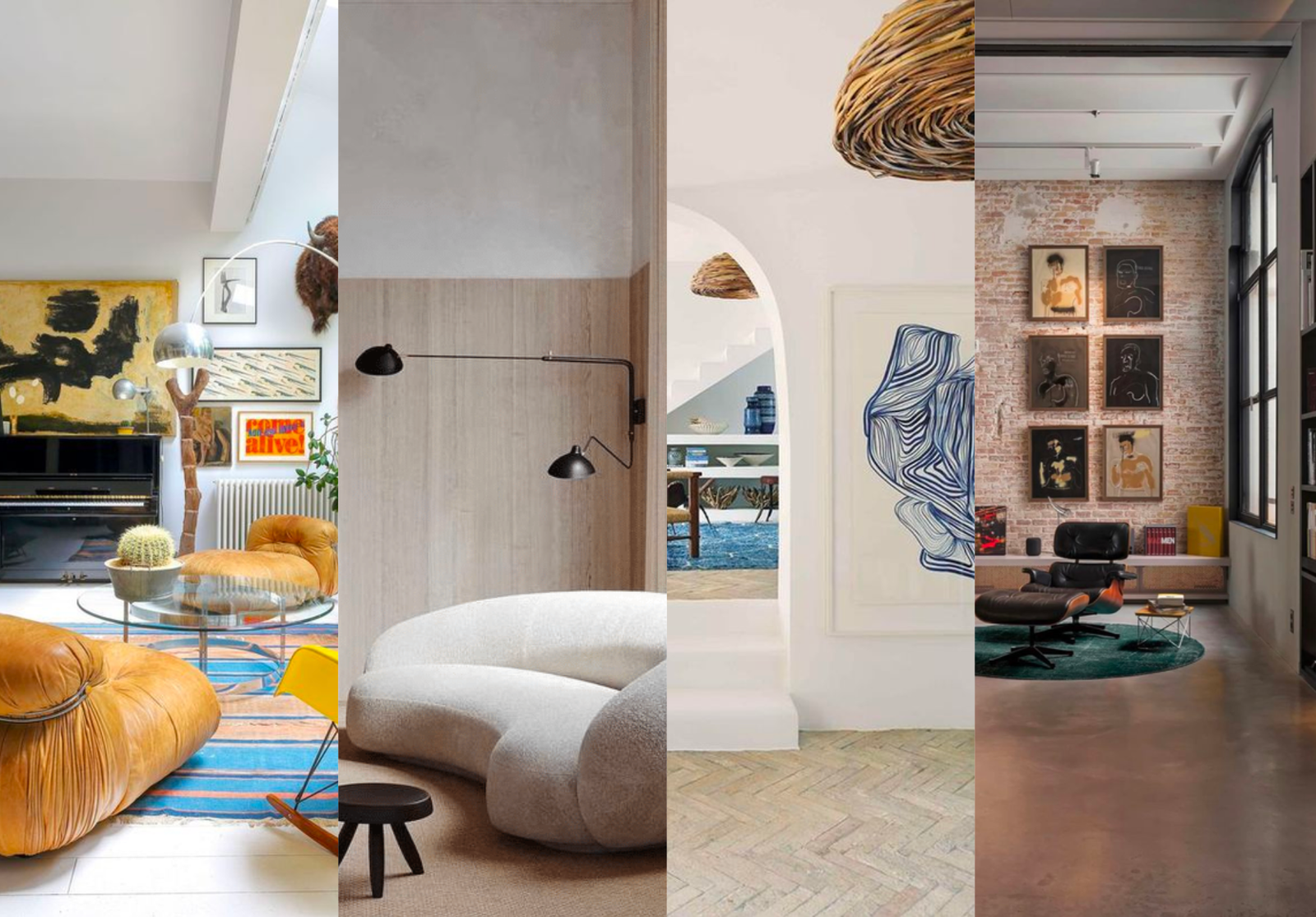
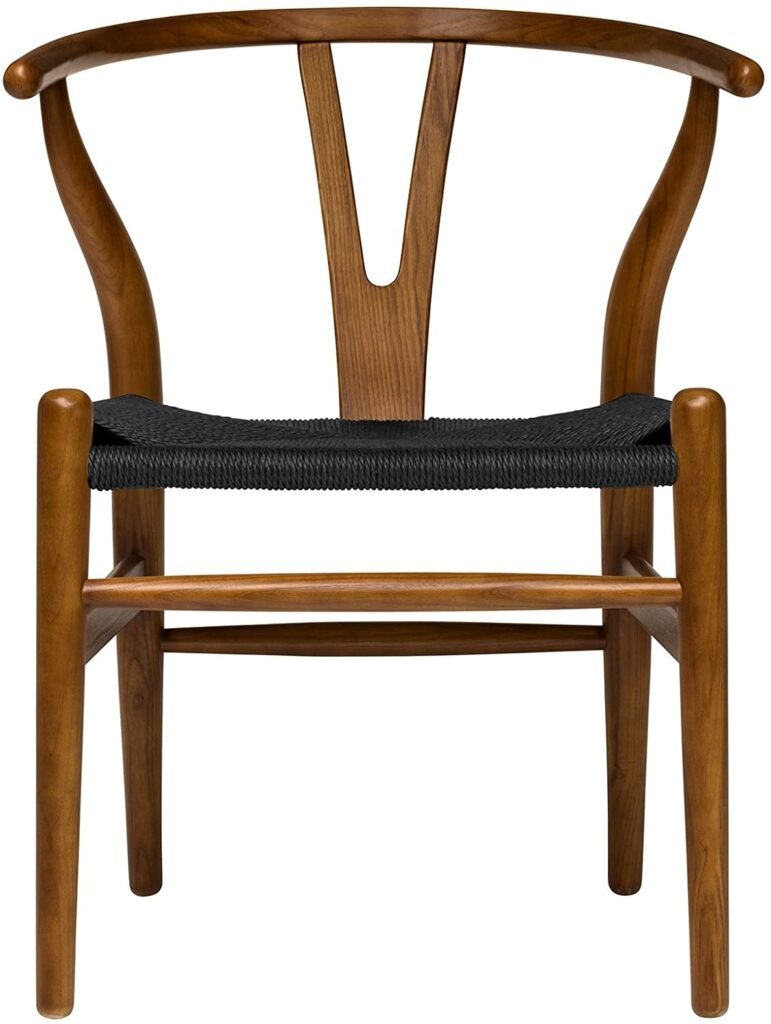


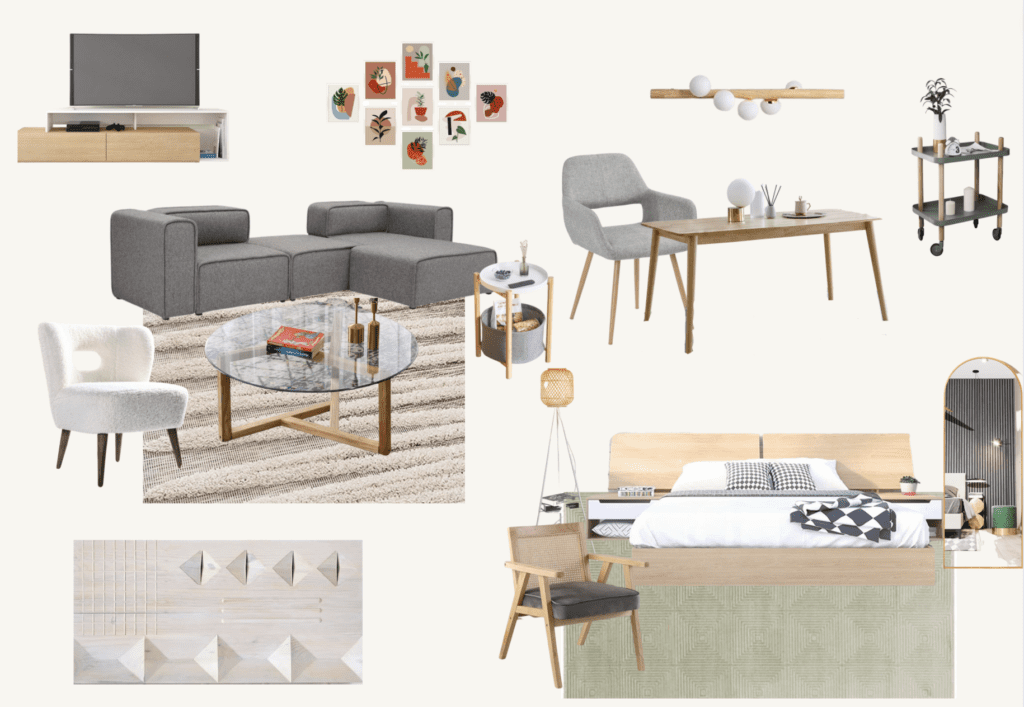

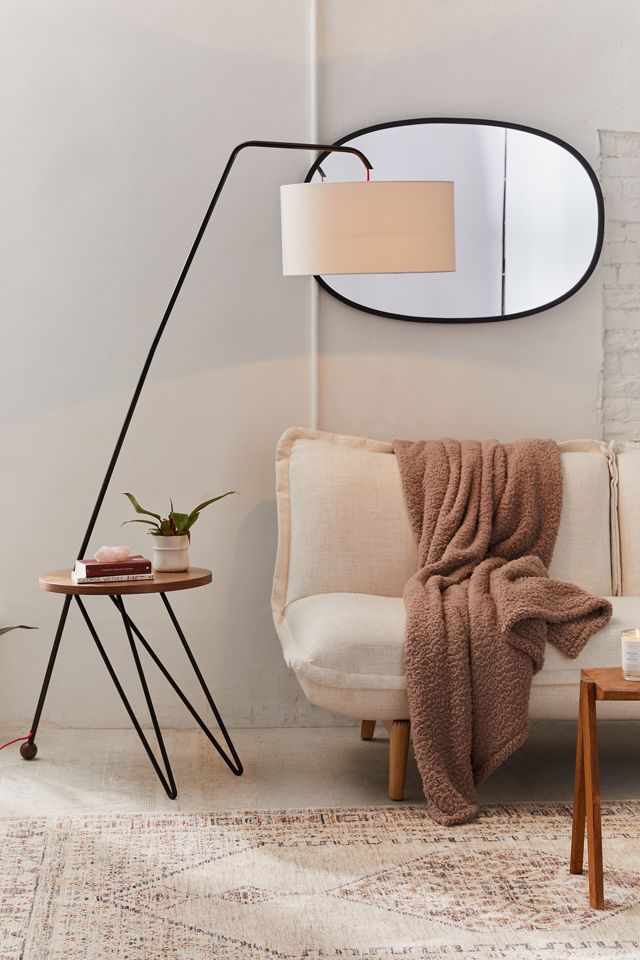





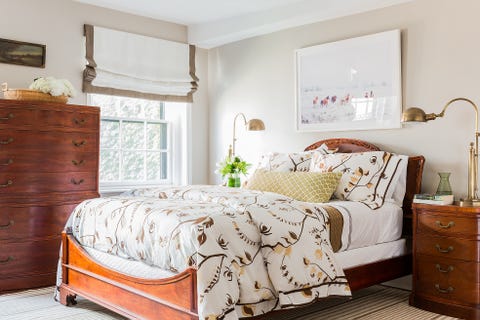



















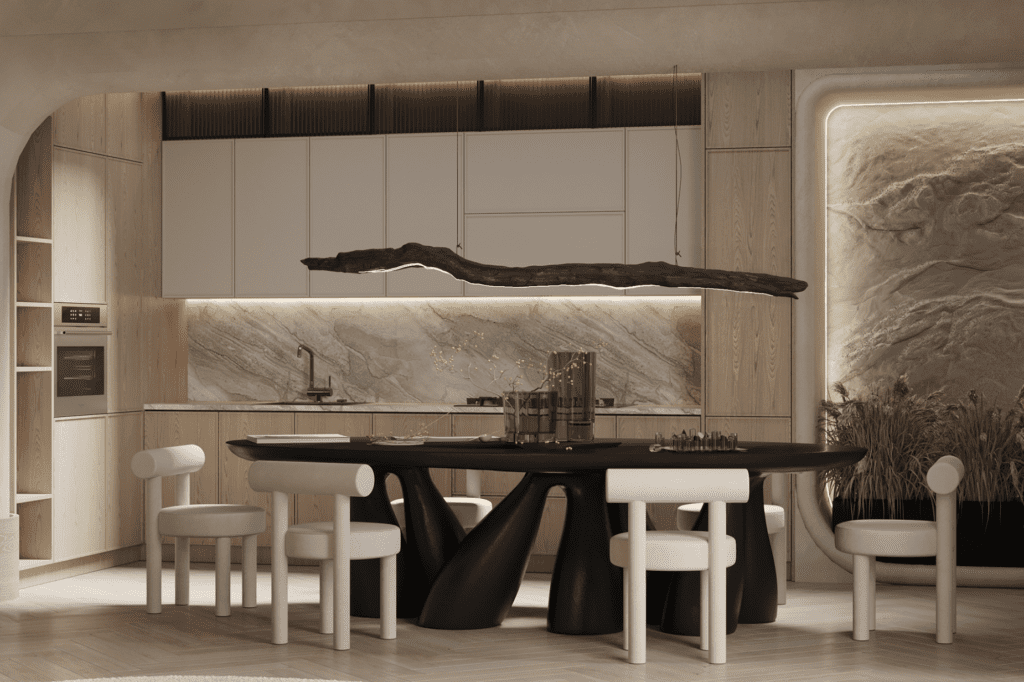






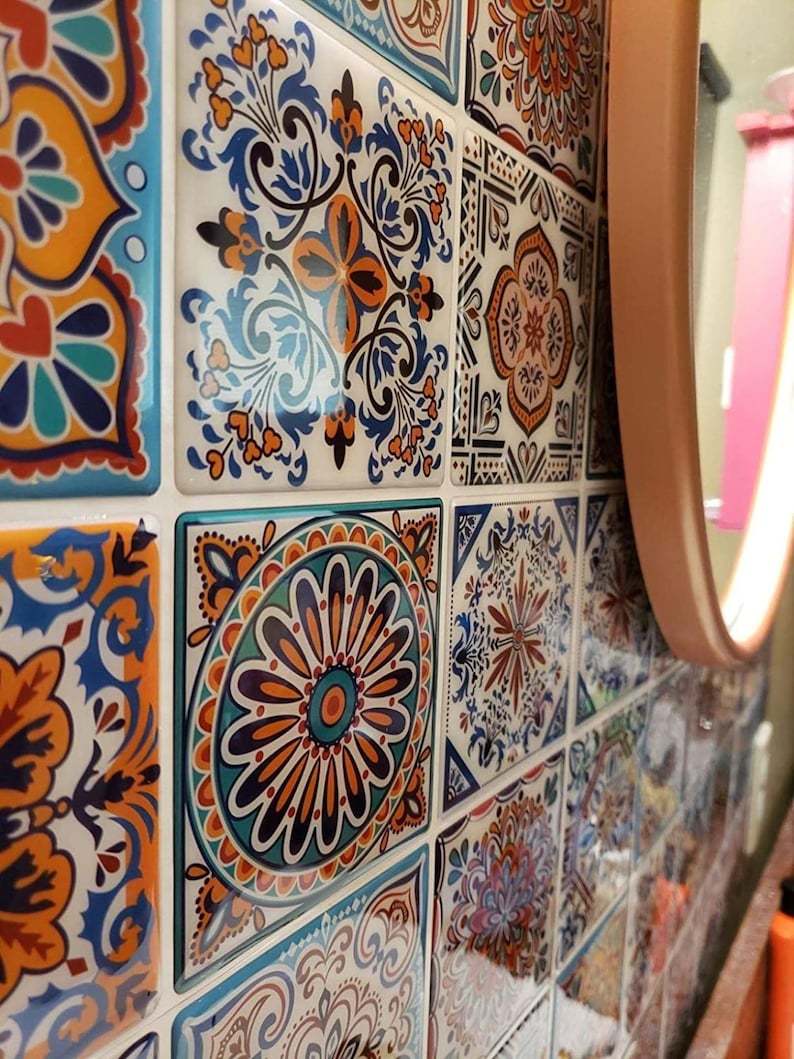































































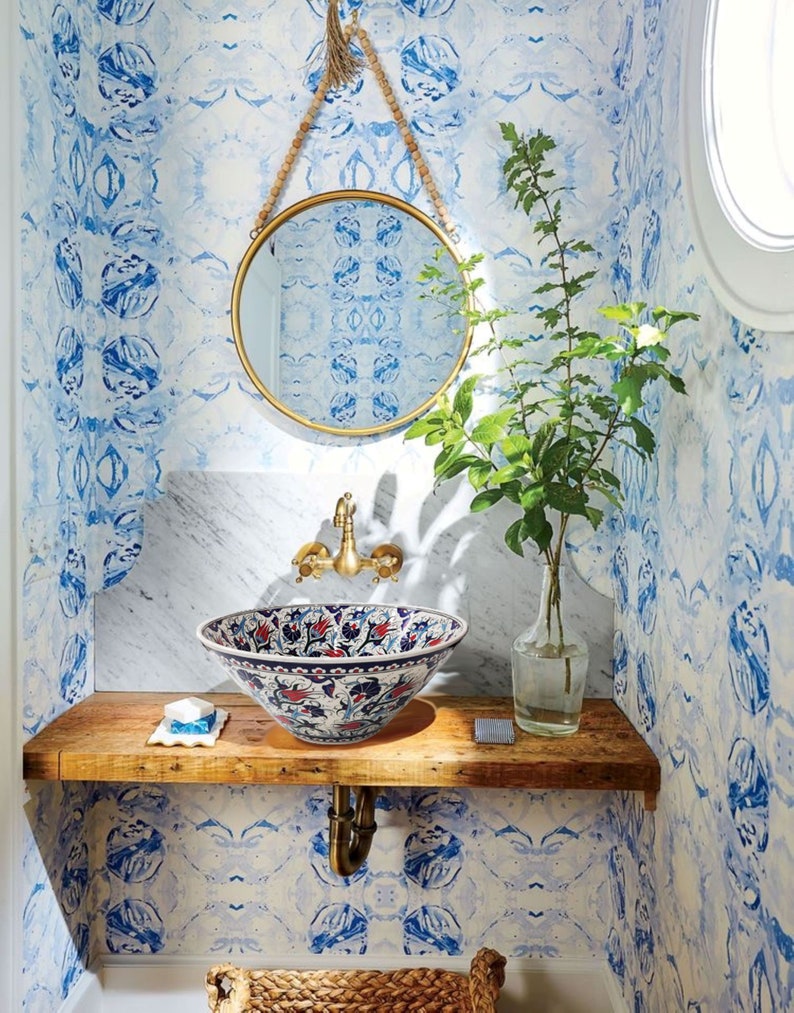

















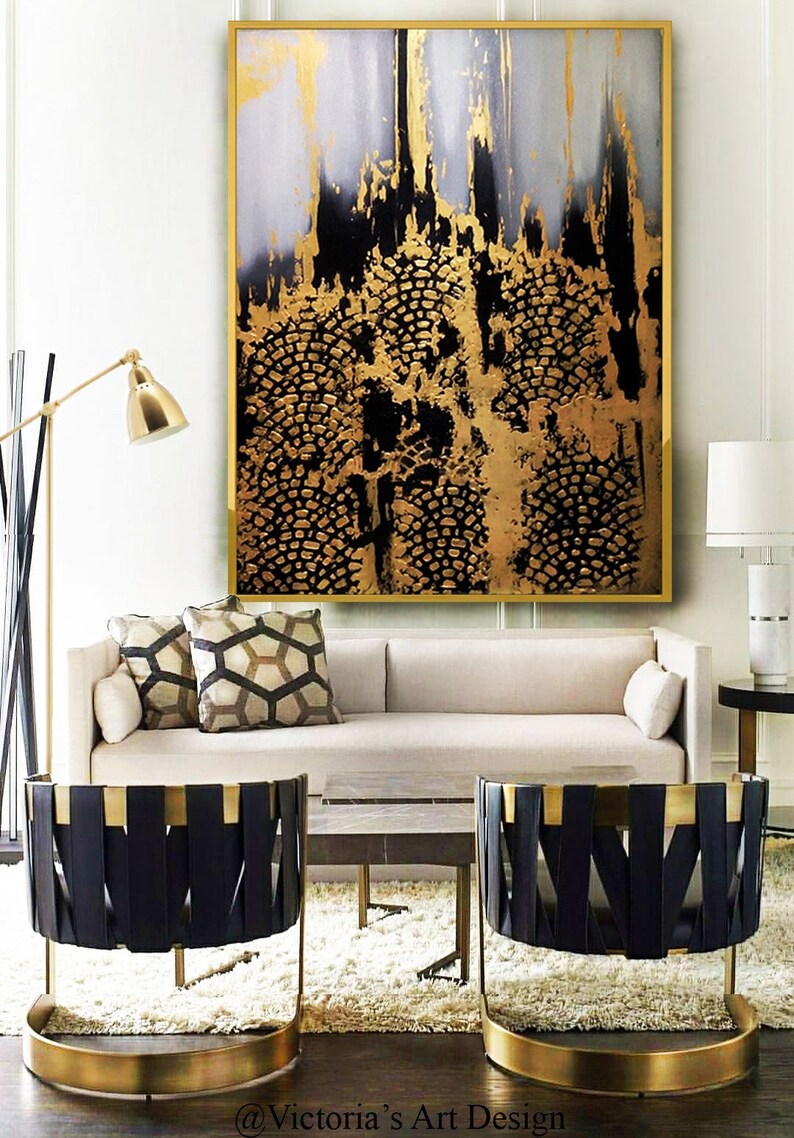














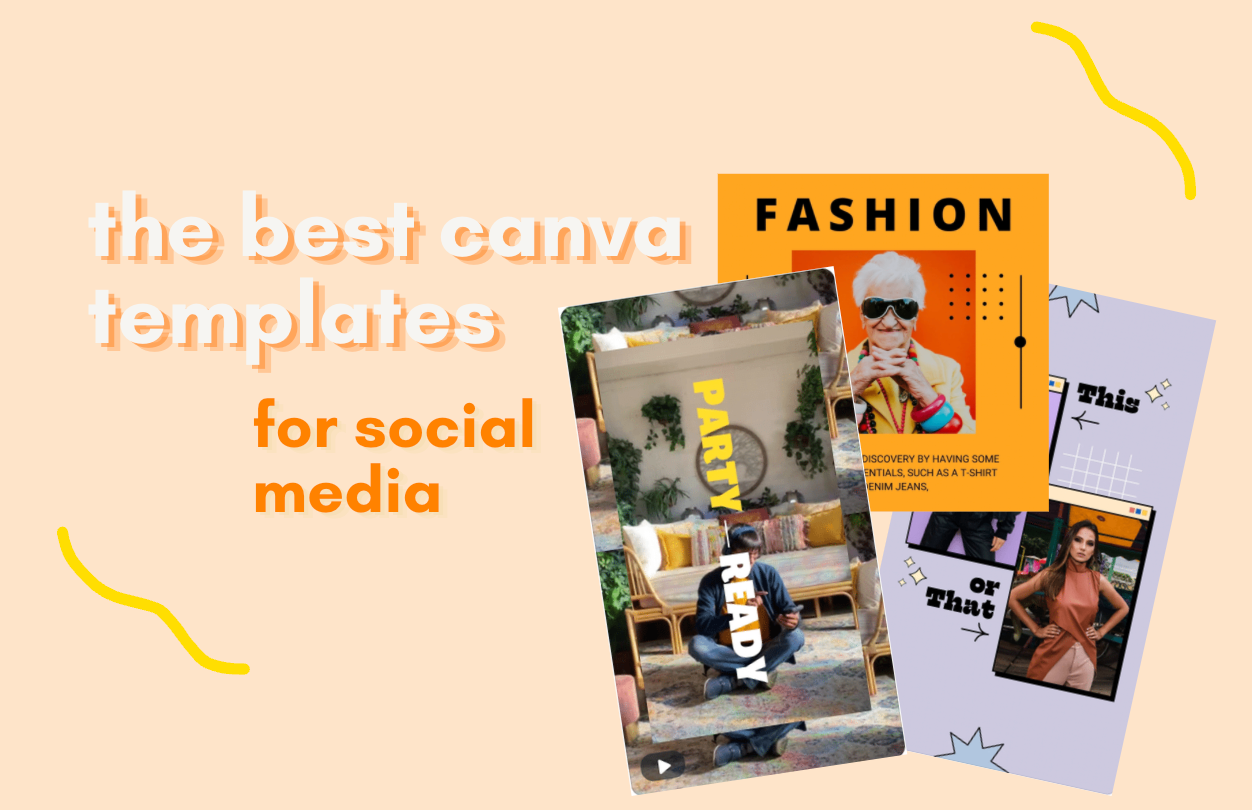

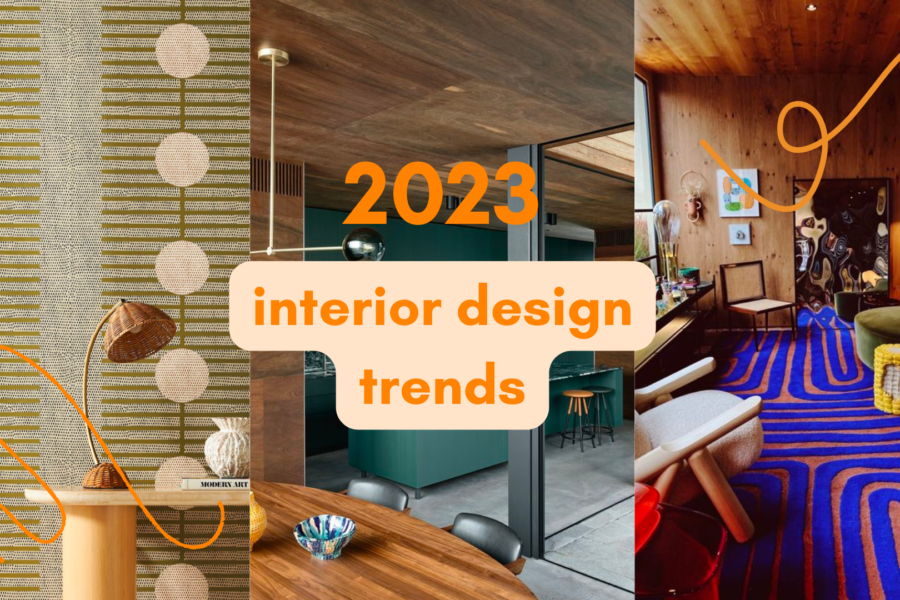


Of all the styles, I liked Scandinavian and Minimalism the most. Thank you 🙂